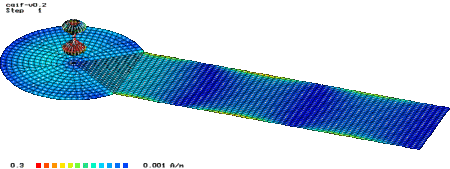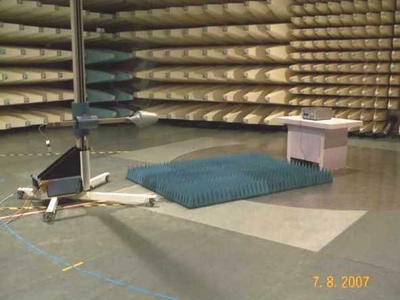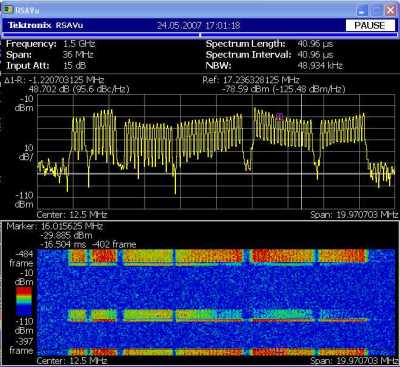- Home
- Hochschule
-
Studium
- Studienangebote
-
Beratung
- Studienorientierung
- Zentrale Studienberatung
- Studienfachberatung
- Psychosoziale Beratung
- Studienfinanzierungsberatung und Stipendien
- Schreibberatung
- Studieren mit beruflicher Qualifikation
- Studieren mit ausländischen Zeugnissen
- Studieren mit Handicap
- Studieren mit Familie
- Informationen für Schulen
- Auslandsaufenthalt
-
Bewerbung
- Auswahlgrenzen und Vergabeverfahren (NC)
- Bewerbungsportal
- Bewerbung Schritt für Schritt: Von der Bewerbung bis zur Einschreibung
- Bewerbung für ein höheres Fachsemester
- Bewerbung mit beruflicher Qualifikation
- Gasthörerschaft und Zweithörerschaft
- Kontakt Studierendenservice
- Losverfahren
- Promotion
- Sonderanträge
- Studiengang wählen
- Wer kann an der HSBI studieren?
- Studienstart
-
Studium organisieren
- Studierendenservice
- Abschlussunterlagen
- Anerkennung von Leistungen
- Anträge einreichen
- Beurlaubung
- CampusCard
- Einreichung schriftliche Arbeiten
- Exmatrikulation
- IT-Services
- Online-Serviceportale (LSF/CAT)
- Prüfungsangelegenheiten: Ordnungen, Modulhandbücher
- Rücktritt von einer Modulprüfung
- Rückmeldung
- Semesterbeitrag
- Semesterticket (Studi-Deutschlandticket)
- Semester- und Vorlesungszeiten
- Studienbezogene Auslandserfahrung
- Studiengebühren
- Vorlesungsverzeichnis
- Rund ums Studium
- Fachbereiche
- Forschung
- Transfer
- Weiterbildung
- Internationales
- Karriere an der HSBI
Research - Additional information
Prof. Dr.-Ing.Sven Battermann
Characterization of test sites used for EMC compliance tests
My dissertation deals about the "Characterization of real test-sites for the generation and measurement of electromagnetic fields". Different effects have been pointed out that results in a deviation between the measurement on a real (limited size) test site and an ideal test site, which is an infinite spread metallic groundplane with infinite high conductivity. For further information please take a look at Charakterisierung realer Testanlagen zur Messung und Erzeugung elektromagnetischer Felder

Emission measurements (above 1 GHz)
Clock speeds of electronic systems are getting higher and higher. As a result it is necessary to perform EMC compliance measurements up to about 40 GHz. In this frequency range the electronic size of the equipment under test (EUT) is quite large, which results an a possible high directivity of the EUT. The typically used emission measurement procedure with an E-field scan in one plane gives only a low probability to detect the maximal emission of the EUT. Besides the normally used fully anechoic rooms (FAR) have to be validated.

Time-frequency representations of signals
Various modulation techniques and use of broadband services makes spectrum monitoring quite complicated. The normally used sweep with a limited intermediate frequency bandwith of the receiver gives only a very small insight into the real activity at each frequency. In fact it is necessary to do a fast broadband measurement to obtain the time dependent activity on each frequency. This kind of time-frequency representation (e.g. Wigner-Ville-distribution, STFT, ...) enables a better insight into the real physical behaviour of the setup.

Broadband data communication (DSL, PLC, BPL)
A typical application of broadband services is "broadband over powerline (BPL)" or "powerline communication (PLC)". The power distribution network is used for data communication on the short-wave frequency range which results in a high propability of interference with other services using the same frequency range.
Activities in standardization
Research in the EMC area is quite interesting - especially when problems have to be solved. Beside this way it is quite reasonable to enable a practical use of new measurement ideas or other improvements. Therefore I am active in different standardization committees.
